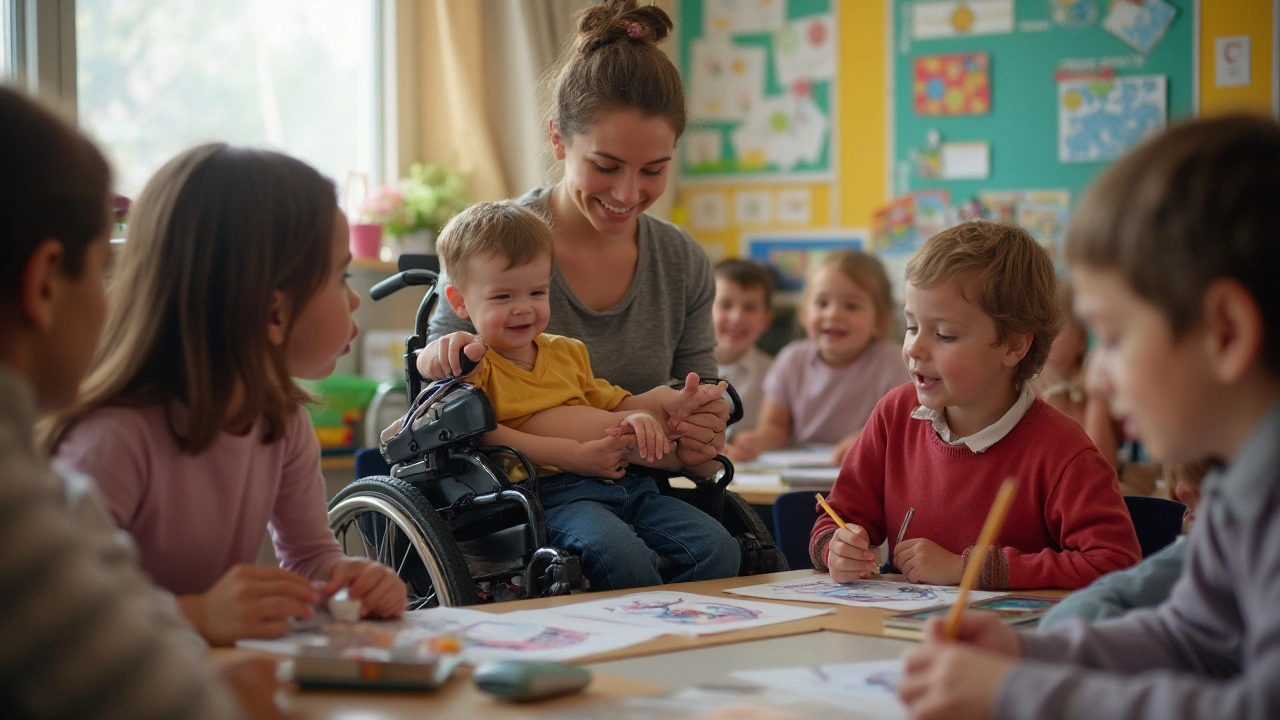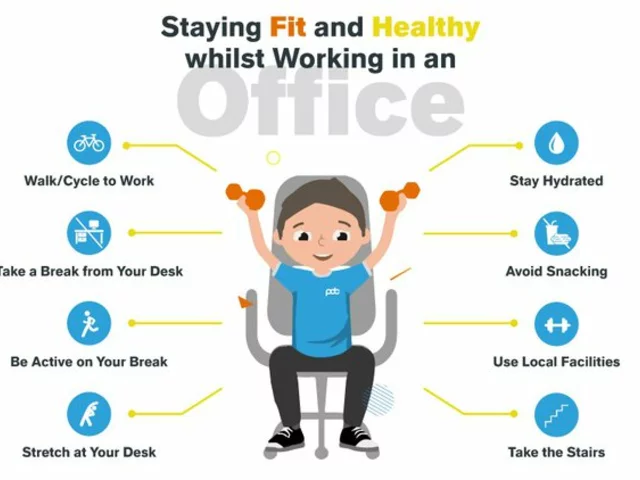Spina Bifida: Practical Guide for Parents and Patients
Spina bifida is a birth defect where the spine and spinal cord don’t form properly. It ranges from a small, hidden gap in the vertebrae to an open area where nerves are exposed. That matters because the type and location determine how much it affects movement, bladder control, and learning.
What causes it and how to lower risk
The exact causes are a mix of genes and environment. The single most effective prevention step is folic acid. Taking 400–800 micrograms daily before conception and through early pregnancy can cut the risk a lot. If you or your partner had a child with spina bifida, a doctor may recommend a higher dose before and during pregnancy.
Other factors that raise risk include poorly controlled diabetes, certain anti-seizure medicines, and obesity during pregnancy. A prenatal care plan that manages these risks makes a real difference.
Diagnosis, early care, and choices
Most cases are spotted before birth by an ultrasound or a maternal blood test called AFP. If something looks off, doctors may use fetal MRI to check the spine and brain in more detail. After diagnosis, you’ll meet a team: obstetrician, pediatric neurosurgeon, neonatologist, and sometimes a genetic counselor.
Treatment options vary. For severe cases, surgery after birth closes the spine to protect it from infection. In some centers, prenatal surgery is an option; a major trial showed prenatal repair can reduce the need for a brain shunt and improve walking outcomes for some babies. Those choices have trade-offs, so parents work with specialists to weigh risks and benefits.
Hydrocephalus, or fluid buildup in the brain, is common with open spina bifida. Many children need a shunt or a newer valve called an endoscopic third ventriculostomy to manage pressure. Early follow-up with neurosurgery helps spot problems fast.
Beyond surgery, expect ongoing care: physical therapy to build strength, orthopedics for bone and foot issues, urology for bladder and kidney health, and sometimes bowel management programs. A coordinated care plan with regular checkups prevents avoidable complications.
Living well with spina bifida means focusing on daily function. Mobility aids, braces, or wheelchairs help independence. Bladder and bowel programs improve quality of life and protect the kidneys. Schools can offer supports, like physical accommodations and individualized education plans.
If you’re a parent, keep a simple checklist: regular kidney and bladder tests, skin checks (to prevent pressure sores), growth and developmental follow-ups, and timely vaccinations. Connect with local support groups—other families often share practical tips you won’t find in medical papers.
Questions to ask your care team: What type of spina bifida does my child have? What are the short- and long-term needs? Which specialists should we see and how often? Clear, simple answers help you plan and feel more in control.
Spina bifida brings challenges, but many people lead active, fulfilling lives with the right medical care and community supports. Start with prevention if you can, get timely diagnosis, and build a care team that listens and acts.”
This article explores the connection between spina bifida and learning disabilities. It discusses the basic facts about spina bifida, the impact it has on neurodevelopment, and the challenges faced by those affected. The article also provides useful tips for supporting individuals with both conditions.
View Details

